Amazing Springbok Facts: Speed, Survival, and the Secret of Pronking
Meet the Springbok
Amazing Springbok Facts: Speed, Survival, and the Secret of Pronking
Springboks are among the most captivating animals of the African plains. Known for their incredible leaping ability, stunning coat patterns, and mysterious behavior called pronking, these graceful antelope are full of surprises. Whether you’re fascinated by wildlife, looking to learn something new, or just love fun animal facts, you’re in for a treat!
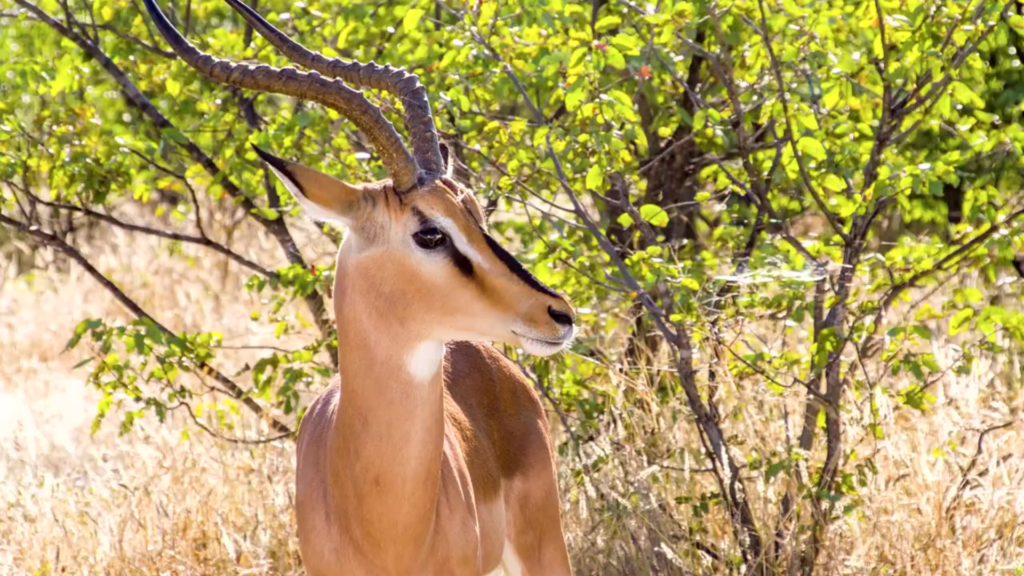
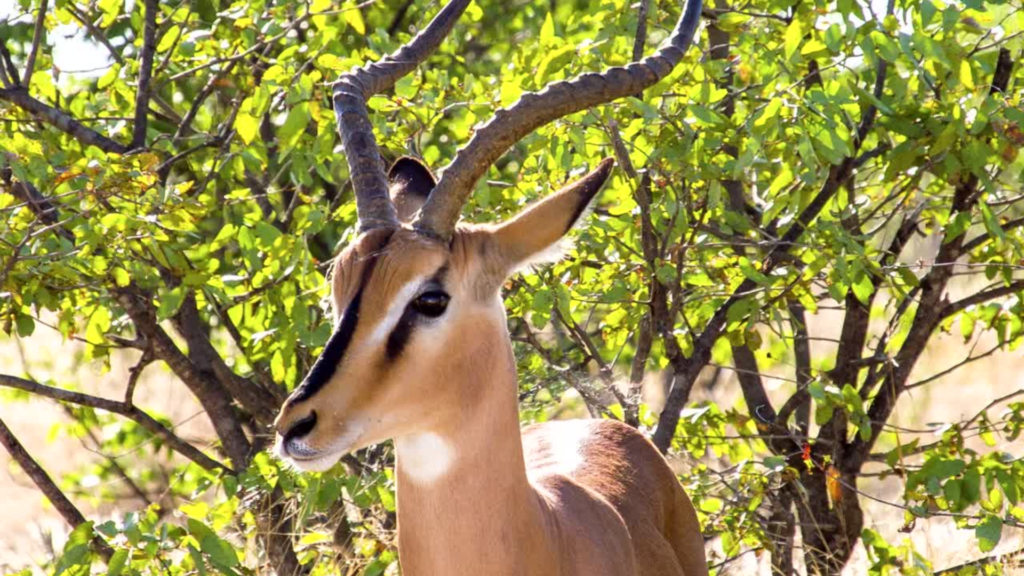
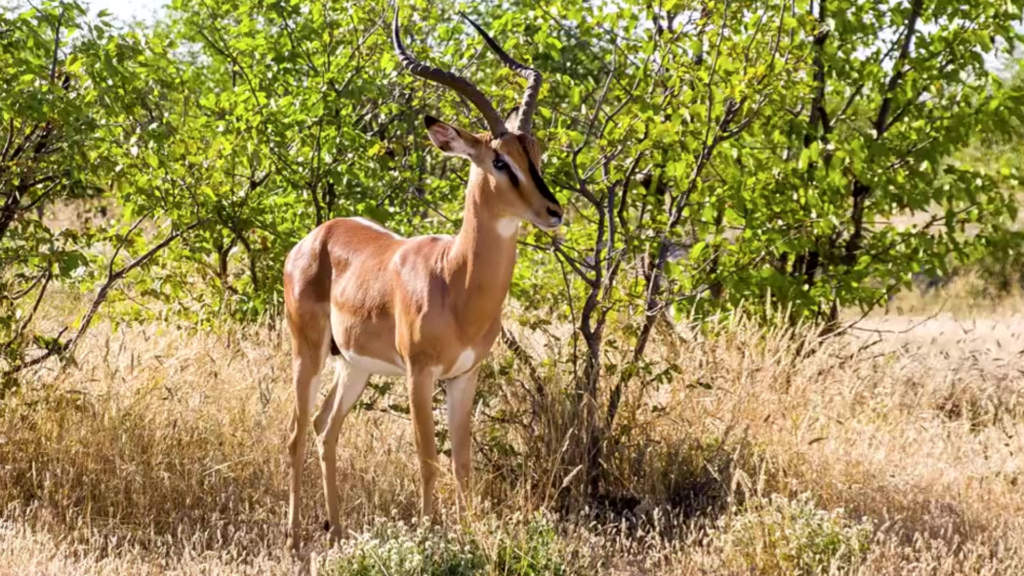

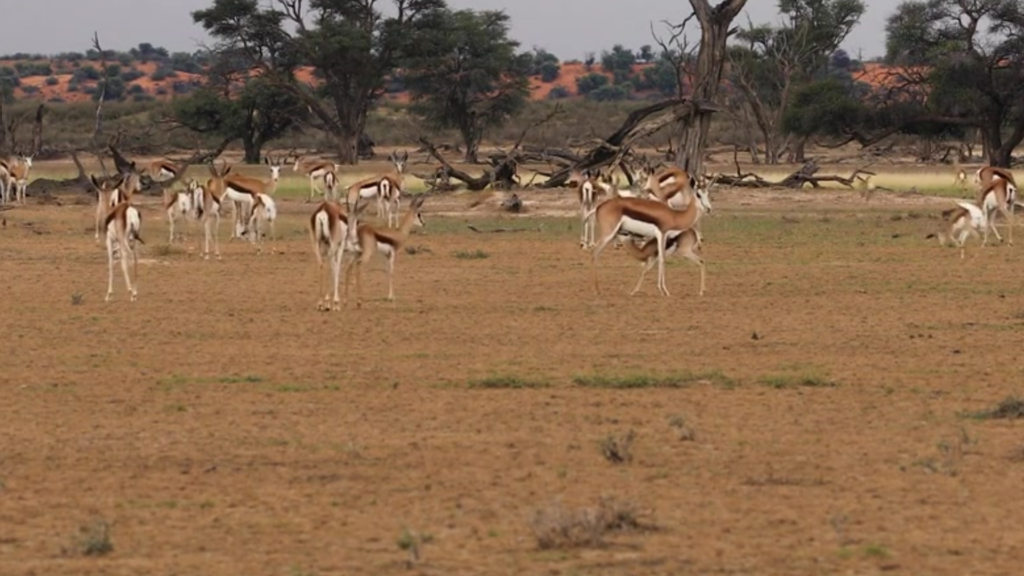

Where Do Springboks Live?
Springboks are native to southern Africa and thrive in dry, open habitats like the Kalahari Desert, the Karoo, and the grassy plains of South Africa, Namibia, and Botswana. These landscapes might seem unforgiving, but springboks are perfectly adapted to arid conditions. They can go for long periods without drinking water by getting moisture from plants like succulents and the gemsbok cucumber.
During seasonal rains, springboks often travel in large herds in search of fresh grazing land. These migrations are not only a survival tactic but also a beautiful display of nature’s rhythm in action.
What Makes Springboks So Unique?
One word: pronking. This unusual behavior involves springboks leaping straight into the air with stiff legs and arched backs—sometimes reaching heights of 13 feet! Scientists aren’t totally sure why they do it, but it may be a way to show off fitness, warn other springboks of predators, or confuse attackers.
Another unique trait is the flap of skin on their back. When pronking or excited, springboks raise this flap to reveal a patch of bright white fur. This dramatic display adds flair to their already impressive leaps!
What Do Springboks Eat?
Springboks are herbivores that graze on grasses and browse on shrubs. Their diet changes with the seasons—grasses during the wet season and moisture-rich plants during dry months. Thanks to their efficient digestive systems and ruminant stomachs, they get the most out of even the driest vegetation. In fact, springboks are ruminants, meaning they have four stomach chambers: the rumen, reticulum, omasum, and abomasum. This allows them to ferment and re-digest plant material for maximum nutrition.
How Do Springboks Stay Safe?
Springboks may be small, but they’re incredibly fast—reaching speeds of up to 55 miles per hour! That, combined with their sharp eyesight and unpredictable pronking, helps them evade predators like cheetahs, lions, and hyenas.
They also rely on social behavior. Springboks live in various types of herds: bachelor groups, female-and-young herds, and mixed herds during migration. Being part of a group offers more eyes to spot danger and more protection for calves.
How Do Springboks Raise Their Young?
Female springboks, called ewes, have a gestation period of about five to six months and usually give birth to a single calf. After birth, the calf hides in tall grass while the mother grazes nearby. Once it’s strong enough, it joins the herd.
Interestingly, births are often timed with the rainy season, when food is more abundant—giving mothers and calves a better chance of thriving.

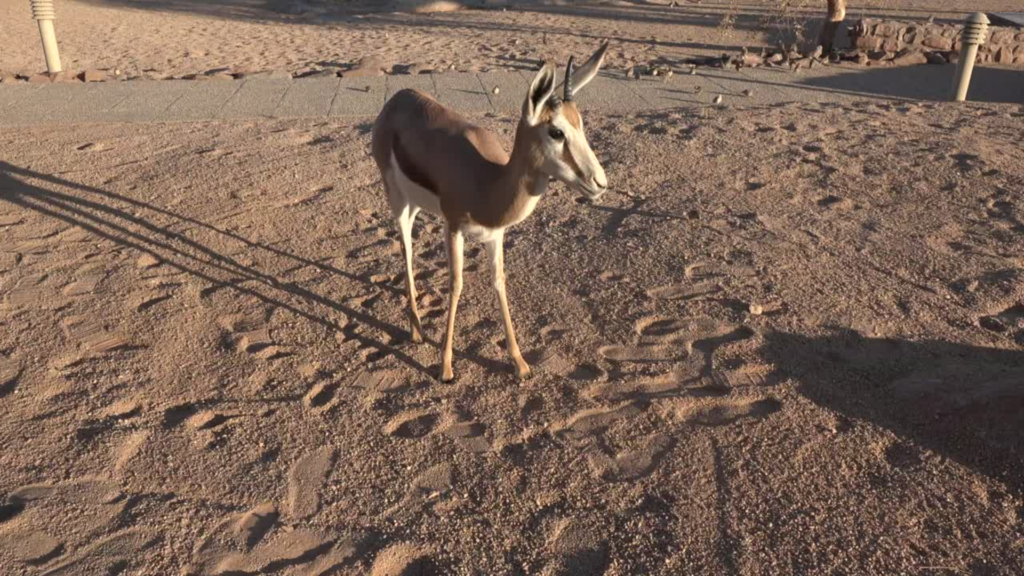
Fun Facts
- Springboks can leap up to 13 feet in the air during pronking
- Both males and females have horns (males’ horns are longer and more curved)
- They can survive without drinking water for long stretches
- Springboks can run up to 55 miles per hour
- The word “springbok” means “jumping goat” in Afrikaans and Dutch
- Springboks were once part of massive migrations called “trekbokken”
- They are the national animal of South Africa and the symbol of its national rugby team
About Springboks
- Scientific Name: Antidorcas marsupialis
- Height: Around 2.5 feet at the shoulder
- Weight: 60–100 pounds
- Lifespan: 7–10 years in the wild; up to 15 years in preserves
- Speed: Up to 55 mph
- Habitat: Dry plains and deserts of southern Africa
- Diet: Grasses, shrubs, and moisture-rich plants
- Group Name: Herd
Conclusion
Springboks are more than just a beautiful antelope—they’re agile, resilient, and full of fascinating quirks. From their gravity-defying leaps to their social smarts and survival skills, they’re a perfect example of nature’s creativity. Thanks for joining us on this wild adventure into the world of springboks!


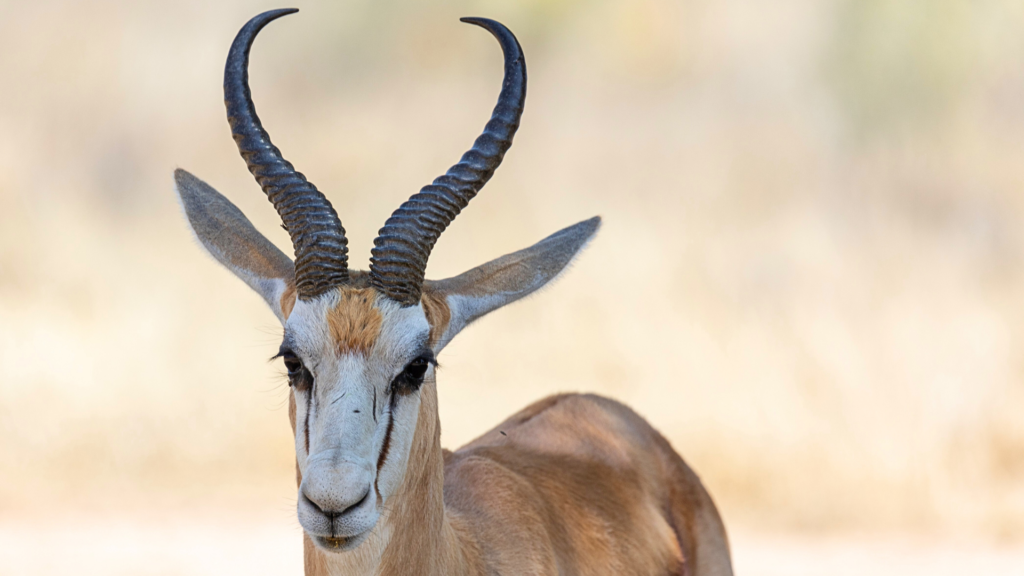
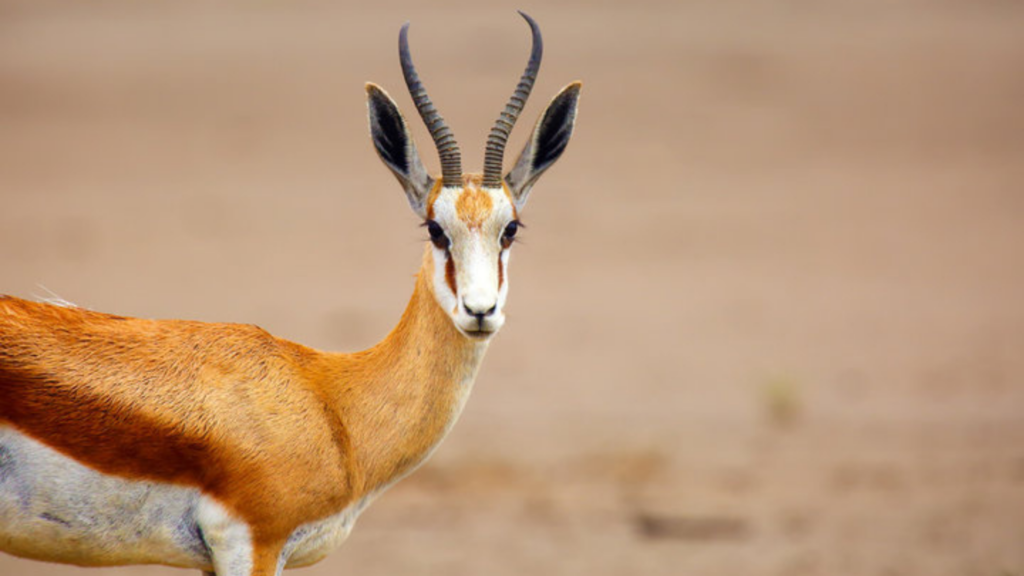


Ready to explore more amazing animals? Check out the full video on YouTube and browse our blog for more wildlife wonders:






Leave a Reply